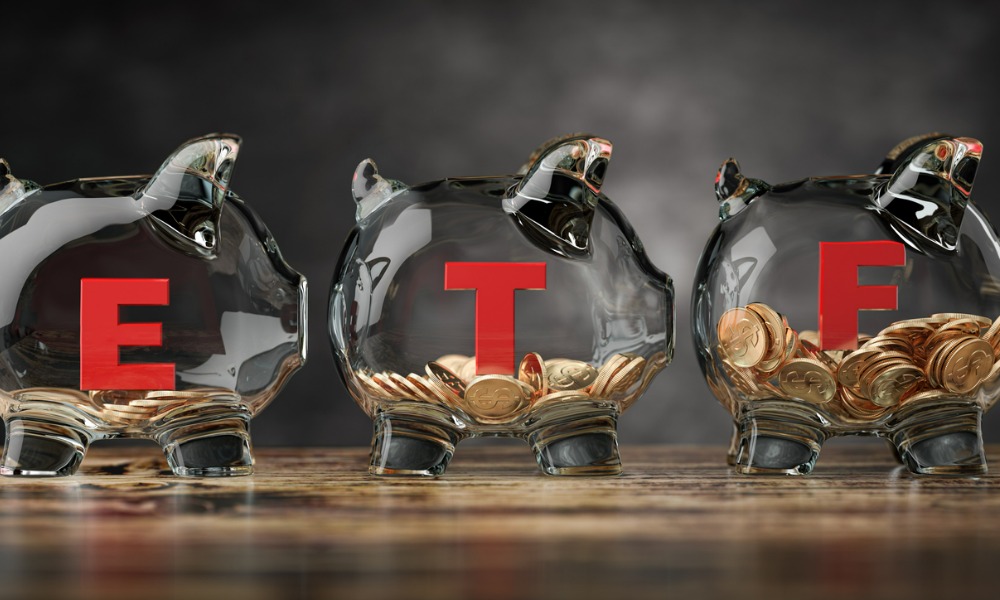New analysis suggests simple model to estimate danger from gap between ETF price and fund’s NAV

With the growing popularity of thematic equity ETFs, some have raised concerns about risks arising from liquidity matches between the ETF and the shares of its underlying constituent companies. That can lead to problems, particularly when a large proportion of a particular constituent’s shares are held in the ETF.
But according to a new analysis from MSCI, investors can roughly anticipate and assess that risk with a simple model.
In a blog post, Laszlo Hollo, vice president of Risk Management Research at MSCI explained that while investors transact throughout the day in an ETF, some of its underlying equities may struggle to keep up, potentially leading to a gap between the ETF price and its NAV.
“For some funds the price-NAV difference reached 8%-10% during the COVID-19 crisis, while transaction-cost estimates reached 1%-2%,” Hollo wrote.
While historical price-NAV differences could offer guidance, he noted that such information is backward-looking and may not sufficiently anticipate drastic changes in the market. As an alternative, he suggested that investors look at the ETF’s transaction costs.
“The ETF price stays close to the NAV through an arbitrage mechanism where market players (authorized participants, or APs) can profit from, and quickly eliminate, price-NAV discrepancies,” he said. “[A] simple model would say that the price-NAV should never be higher than the transaction costs that the AP would incur to eliminate the arbitrage. If it were, it would be a clear arbitrage for the AP.”
To test the model’s effectiveness, he said MSCI took a sample of thematic equity ETFs with AUMs between US$1 billion and US$20 billion, and also hold a significant fraction of their constituents’ shares.
To estimate transaction costs for the ETFs, Hollo said his team drew from MSCI’s RiskMetrics, LiquidityMetrics, and historical fund-flow data. To identify which funds held a significant fraction of their constituents’ shares, he said the firm computed the number of shares in the ETF relative to the total shares outstanding to get a quantity that it called the ownership ratio.
“We then rank ETFs by their weighted average ownership ratio and select the top nine for our analysis,” Hollo said. Since transaction costs depend on both the liquidity of the underlying shares and the transaction size, he said MSCI chose to make conservative estimates of transaction costs by setting the transaction size to be at the 99th percentile of historical daily fund flows over the sample period.
They found that for many of the funds, transaction-cost estimates were close to the maximum price-NAV difference during the sample period. For one ETF, which had a transaction-cost estimate far above the realized price-NAV difference most of the time, Hollo suggested that the 99th percentile threshold for fund flows might have been over-conservative, and a smaller transaction size would have better represented the expectations of an AP.
“We note also that on a small number of days, the observed price-NAV difference falls outside of our transaction-cost estimates. In these cases it is possible that the AP’s flow expectations were greater than the 99th percentile of historical flows,” he added. Same-day liquidation of the basket of equities, as well as differences in market-closing times in the case of global ETFs, could also have contributed to those outlier cases.
“These findings may suggest that a transaction-cost model could be used by ETF investors as a forward-looking gauge of the price-NAV risk of their ETF holdings,” he said.



